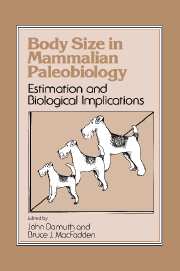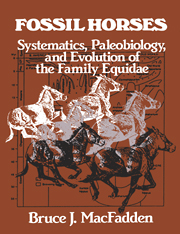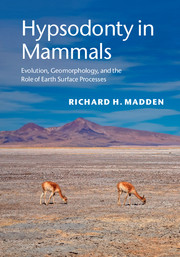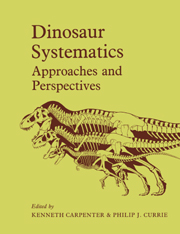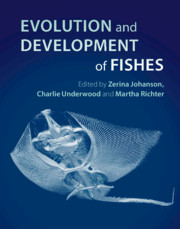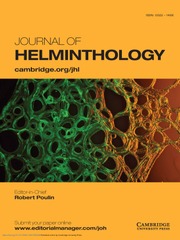Body Size in Mammalian Paleobiology
There is a growing interest in the biological implications of body size in animals. This parameter is now being used to make inferences and predictions about not only the habits and habitat of a particular species, but also as a way to understand patterns and biases in the fossil record. This valuable collection of essays presents and evaluates techniques of body-mass estimation and reviews current and potential applications of body-size estimates in paleobiology. Coverage is particularly detailed for carnivores, primates and ungulates, but information is also presented on marsupials, rodents and proboscideans. Body Size in Mammalian Paleobiology will prove useful to researchers and graduate students in paleontology, mammalogy, ecology and evolution programmes. It is designed to be both a practical handbook for researchers making and using body-size estimates, and a sourcebook of ideas for applying body size to paleontological problems and directions for future research.
Product details
April 1991Hardback
9780521360999
412 pages
237 × 160 × 30 mm
0.725kg
Available
Table of Contents
- 1. Introduction J. Damuth and B. MacFadden
- Part I. The Biological Significance of Mammalian Body Size:
- 2. The physiological significance of body size B. K. McNab
- 3. The behavioral/ecological significance of body size J. F. Eisenberg
- 4. The functional anatomy of body weight T. Grand
- 5. Evolutionary strategies and body size in a guild of mammals V. C. Maiorana
- 6. The cotton rat model R. A. Martin
- Part II. The Estimation of Mammalian Body Mass:
- 7. Methods and problems in estimating body size in fossil primates W. Jungers
- 8. Structural allometry of the lower limb bones in the Anthropoidea C. Ruff
- 9. Skeletal and dental predictors of body weight in carnivores B. Van Valkenburgh
- 10. Estimates of body size for insular dwarf mammoths V. L. Roth
- 11. Skeletal dimensions of ungulates as predictors of body weight K. M. Scott
- 12. Correlation of body weight in ungulates with cranio-dental variables C. Janis
- 13. Problems with using tooth size to estimate the body size of fossil mammals M. Fortelius
- 14. Problems in estimating body masses of archaic fossil ungulates using dental measurements J. Damuth
- 15. Body-size estimates and size distribution of ungulates (Mammalia) from the Late Miocene Love Bone Bed, Florida B. J. MacFadden and R. C. Hulbert
- 16. Summary: discussion and recommendations for body-mass estimation J. Damuth and B. J. MacFadden
- Appendices: data and equations for body-mass estimation.

